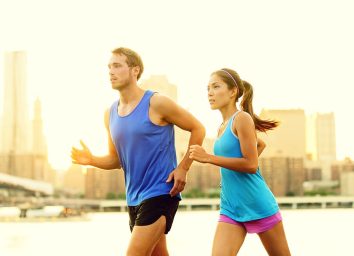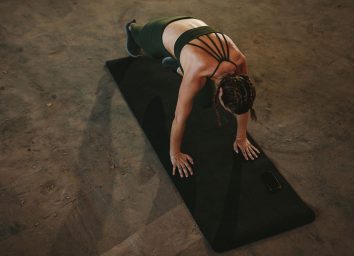The Secret Exercise Trick That Can Tell You If You’ll Live Longer
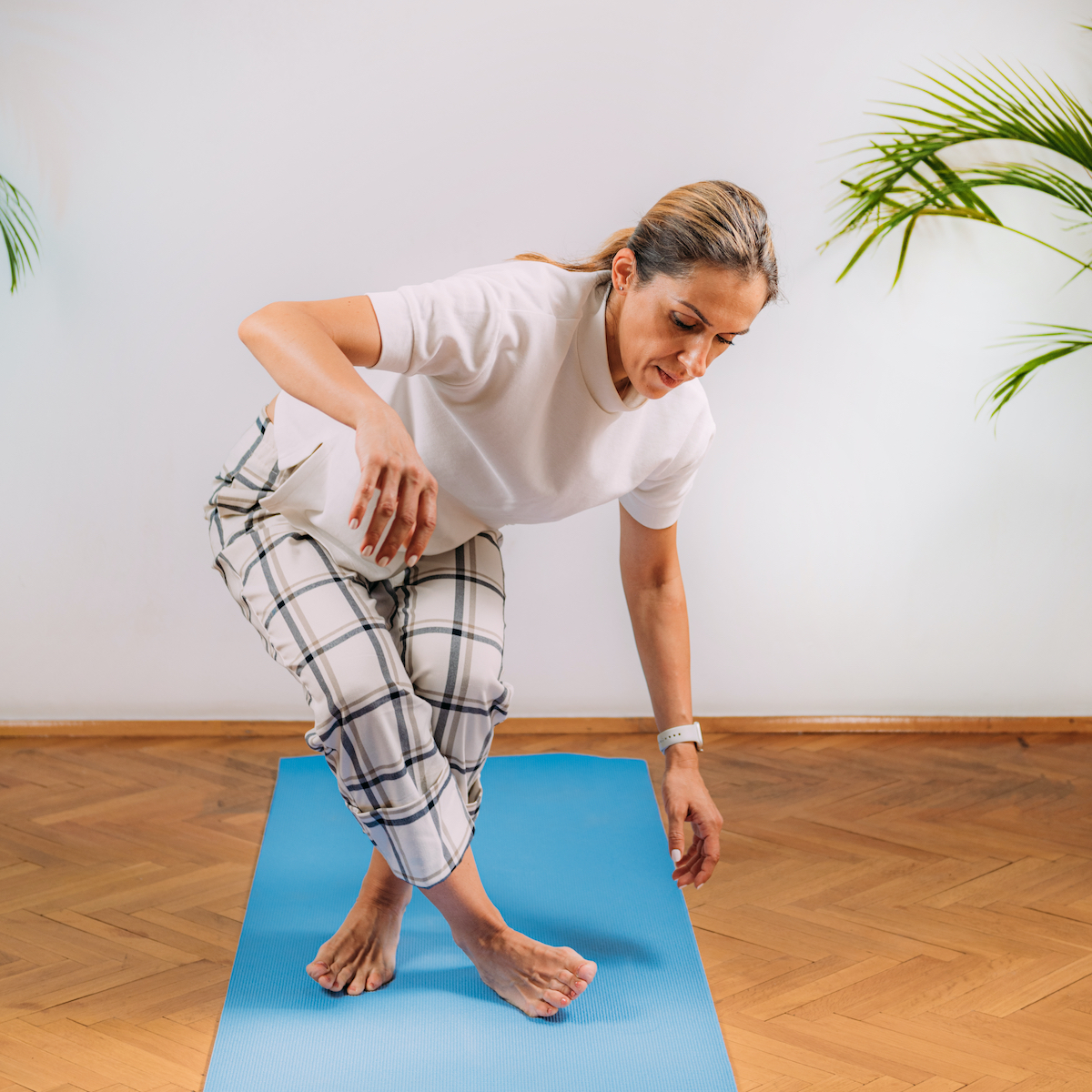
What if we told you that there’s a single exercise move that some scientists say is the single best predictor of whether or not you’ll die early? Though it may sound far-fetched—and though it has clear limitations—some of the leading researchers on longevity argue that it works.
According to a study published some years ago in the European Journal of Preventative Cardiology, there is indeed one exercise trick you can try at home that is a good indicator of cardiovascular fitness and your risk of early death. Read on for how to do it, and for what it means for you. And for more exercise tips you can use, see here for The Secret Exercise Trick for Getting Flatter Abs Faster.
It’s Called the Sitting-Rising Test

The study was led by Brazilian scientist Claudio Gil Araújo, MD, Ph.D. He and his research team at the Clinimex Exercise Medicine Clinic in Rio de Janeiro asked 2,002 male and female adults between the ages of 51 and 80 to perform the sitting-rising test. The researchers followed up with the study subjects for several years, and 159 subjects died during the research. At the conclusion of the study, the volunteers who scored the lowest on the sitting-rising test were found to have a “5-6 higher risk of death” than those who were better at the test.
“It is well known that aerobic fitness is strongly related to survival, but our study also shows that maintaining high levels of body flexibility, muscle strength, power-to-body weight ratio and co-ordination are not only good for performing daily activities but have a favorable influence on life expectancy,” commented Araújo in the study’s official release.
Here’s How It Works
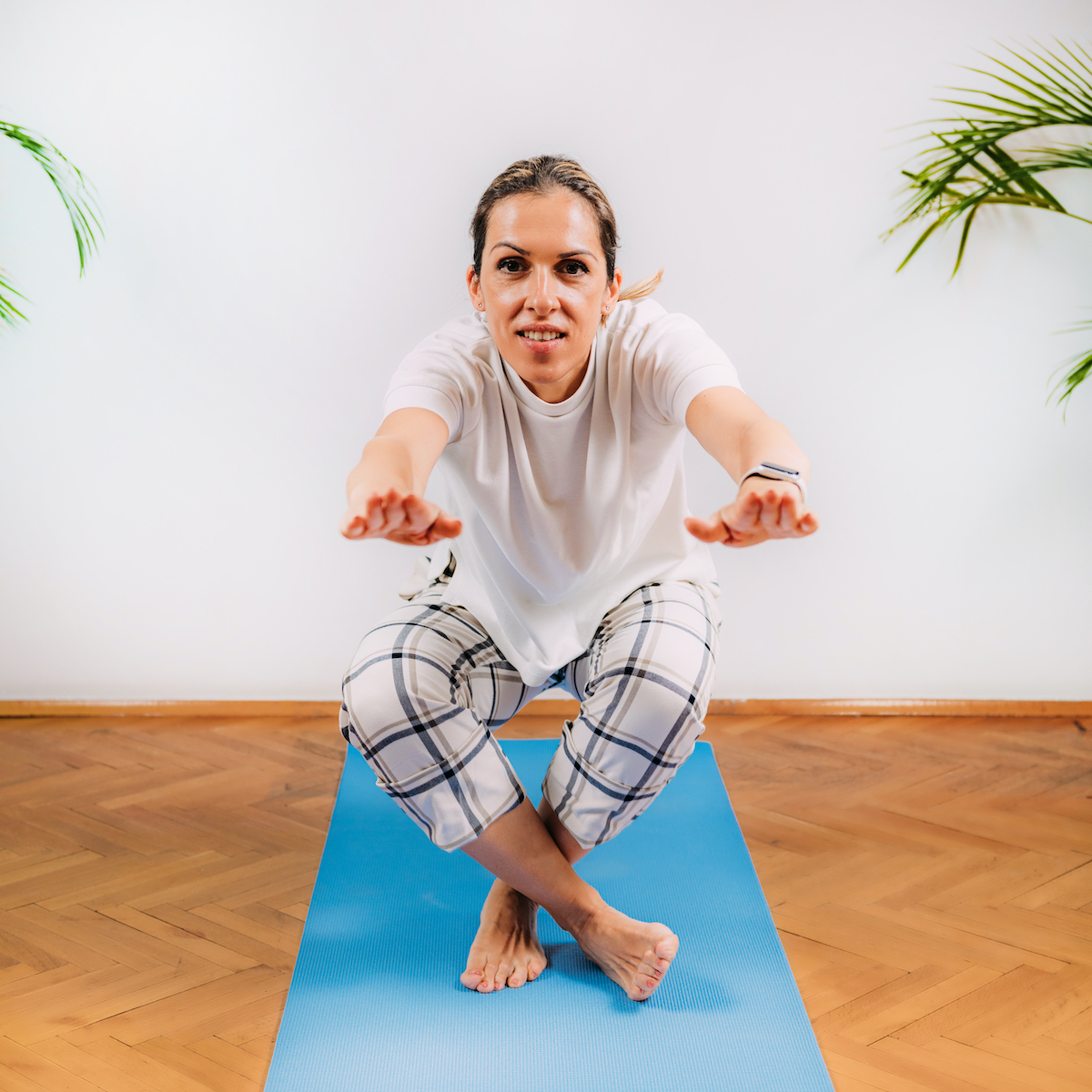
Here’s how to do the sitting-rising test. (Here is a video demonstration.) To begin, you need to try and lower your body to the floor with your legs crisscrossed while making sure to not aid your balance—or brace yourself in any meaningful way—with your hands, legs, knees, or arms. That’s part one.
For part two, you need to try and stand up without any help from those aforementioned limbs. If you can do both without bracing yourself, you’ll get a perfect 10 score. However, the more help you need from other parts of your body, the worse you perform. And for more great health advice, see here for The Simple Ways to Get Fitter That Aren’t Exercise, Say Experts.
It Does Have Detractors
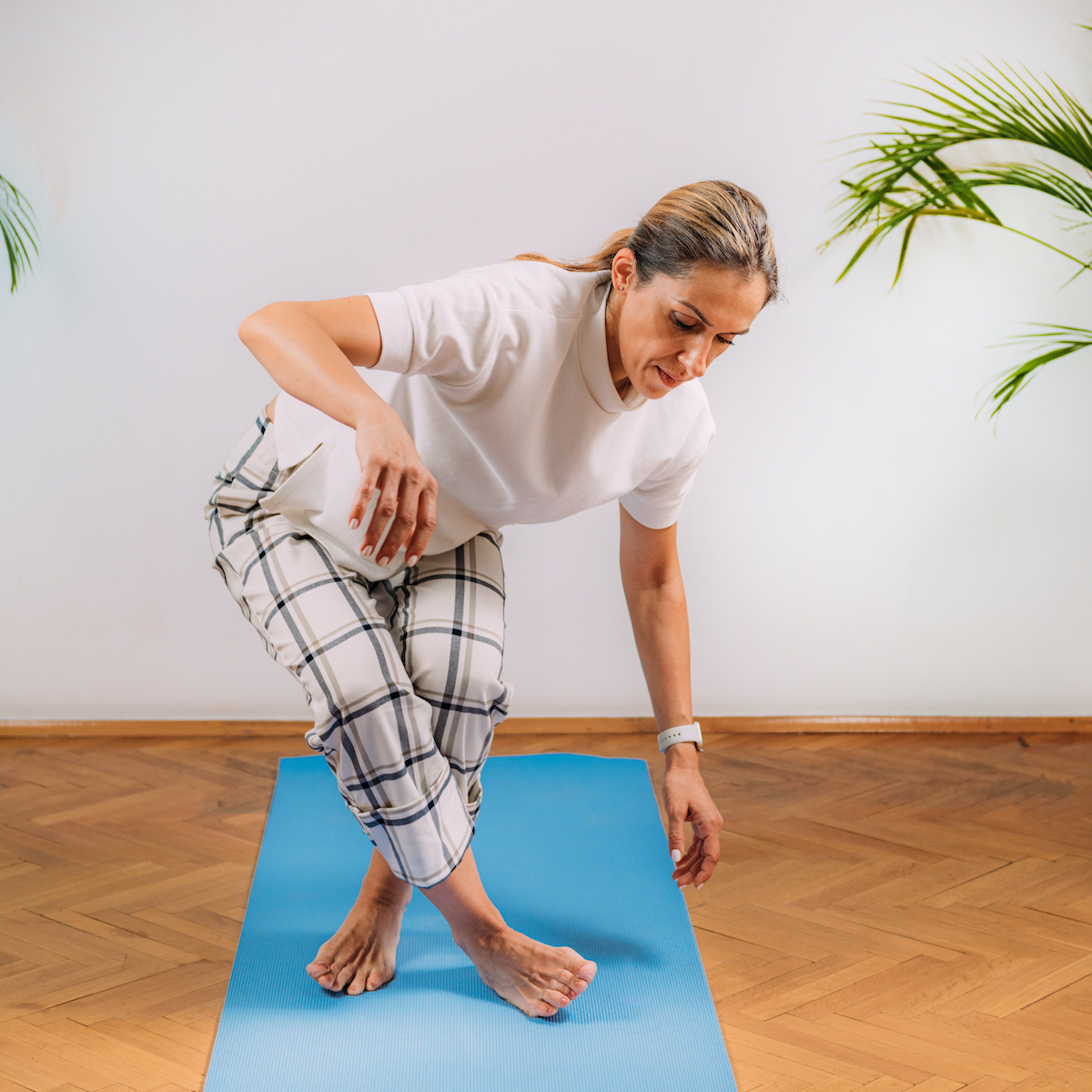
Many experts argue that the test is helpful, but that it may be too limited and over-simplified. “Frailty, strength, muscle mass, physical performance—those things are all correlated to mortality, but I would caution everybody that correlation doesn’t mean causation,” Greg Hartley, PT, DPT, a professor at the University of Miami Miller School of Medicine, explained to The Washington Post. “For example, if somebody had a really bad knee and there’s no way they could do the test, just because that person has a really bad knee doesn’t mean they’re going to die soon.”
Others say you can game the test to your advantage through practice. “[A high score] is a sign that at that point in time, you’re in pretty good physical condition in terms of muscle strength, but I do not believe it’s a predictor of longevity,” Barbara Resnick, Ph.D., RN, a professor of gerontology at the University of Maryland, also explained to WaPo. “There’s a genetic component. Some people are just stronger physiologically and more coordinated than others. You can practice every day, teaching to the test, in other words.”
It’s Not the Only Fitness Test Linked to Mortality
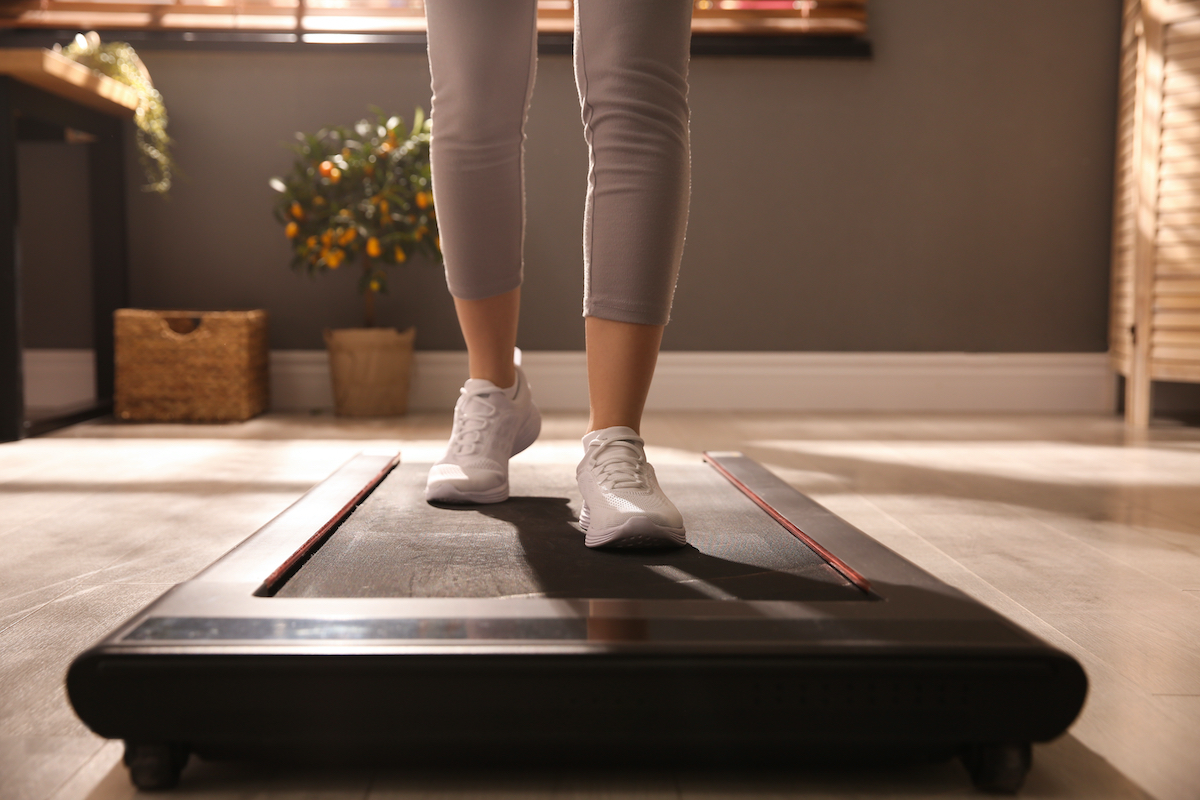
A 2019 study published in JAMA Network Open found that men who could do more than 40 pushups had a much lower risk of heart disease and heart failure. A 2011 study published in JAMA found that walkers over the age of 65 who walked faster lived longer. “If you can walk at your natural pace at two miles per hour or faster, you’re a lot less likely to die in the next 10 years,” Hartley explained to WaPo. “Walking speed is highly correlated to mortality.”
Regardless, Here’s Why Sitting and Standing Is Important for Longevity
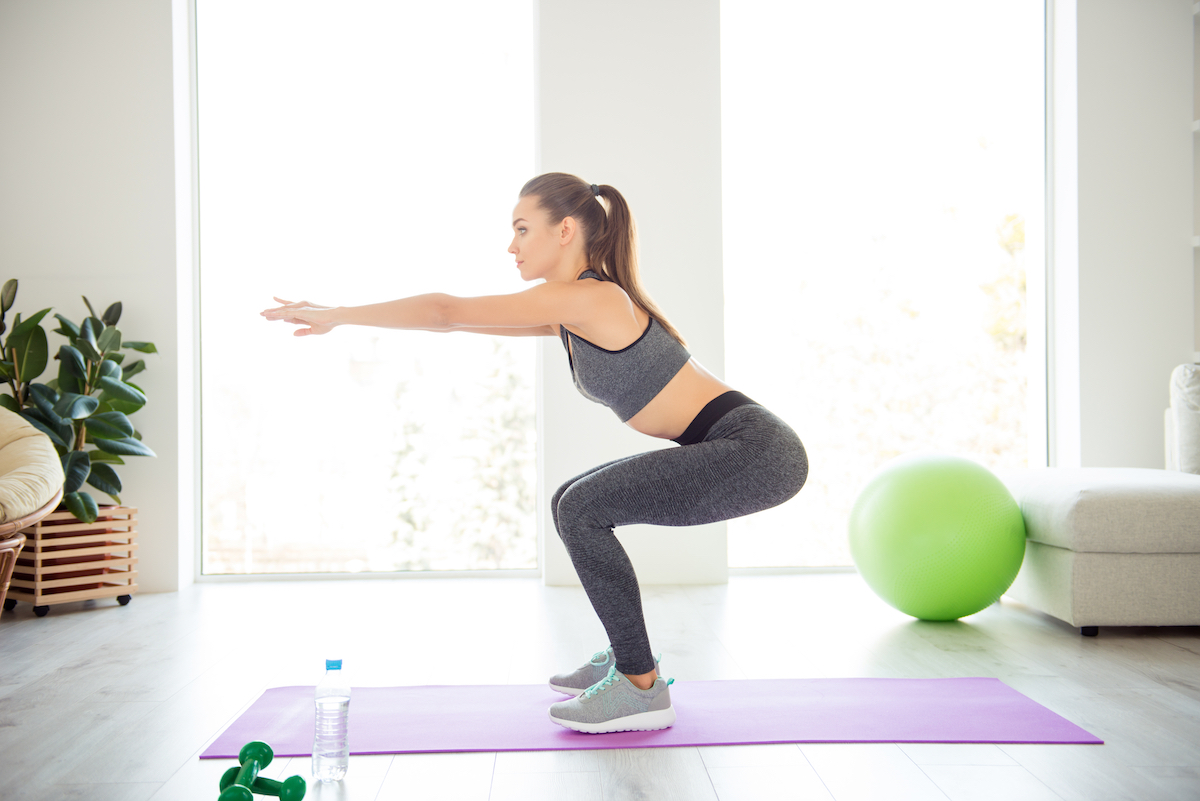
In a new interview with Well+Good, “Blue Zones” researcher Dan Buettner revealed some of his firsthand observations about how the oldest living people sit. “The longest-lived women in the history of the world lived in Okinawa, and I know from personal experience that they sat on the floor,” he explained. “I spent two days with a 103-year-old woman and saw her get up and down from the floor 30 or 40 times, so that’s like 30 or 40 squats done daily.”
On the whole, experts agree that having strong musculoskeletal health, or having “muscles, joints, and bones [that] work well together without pain” is crucial for a longer life. One study, published in the journal Biogerontology, notes that “impairments in skeletal muscle, which leads directly to reductions in muscle mass and strength, [are] factors directly associated with mortality rates in the elderly.”
When you are able to sit down and stand back up from the floor with relative ease, as Lauren Roxburgh, a body alignment specialist, explained to Well+Good, “it’s a wonderful sign of overall structural, skeletal health and muscular balance and alignment.”
For some great fitness tips you can use starting now, don’t miss these Secret Tricks for Walking Better Starting Now, Say Experts.
